rose bud eating worms
mistyrainbow
15 years ago
Featured Answer
Sort by:Oldest
Comments (11)
predfern
15 years agoliane_z4_canada
15 years agoRelated Professionals
Elwood Landscape Architects & Landscape Designers · Marco Island Landscape Architects & Landscape Designers · Saint Louis Park Landscape Architects & Landscape Designers · Wareham Landscape Architects & Landscape Designers · Arlington Landscape Contractors · Barrington Landscape Contractors · Firestone Landscape Contractors · Fort Myers Landscape Contractors · Hawthorne Landscape Contractors · Indio Landscape Contractors · Merced Landscape Contractors · Nanuet Landscape Contractors · Northbridge Landscape Contractors · Santa Ana Landscape Contractors · Irvington Landscape Contractorsmatt_in_mi
15 years agosammy zone 7 Tulsa
15 years agomatt_in_mi
15 years agomarja2
14 years agoCamaroNut45_yahoo_com
12 years agoCait McG
8 years agomichaelg
8 years agoPatty W. zone 5a Illinois
8 years ago
Related Stories

WINTER GARDENINGPruning Secrets for Exquisite Roses
Encourage gorgeous blooms year after year with this time-tested advice on how to prune your rosebush in winter for health and shape
Full Story
GARDENING GUIDESLearn the Secret to Bigger and Better Roses
Grow beautiful roses using both ordinary and unusual soil amendments
Full Story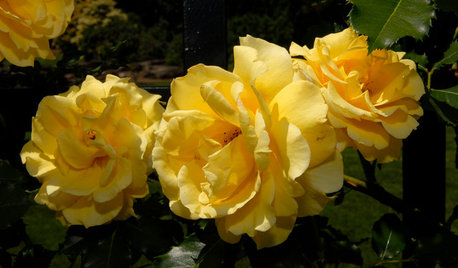
GARDENING GUIDES5 Favorite Yellow Roses for a Joyful Garden
Make 'cheery' the name of your garden game when you order your roses sunny side up
Full Story
GARDENING GUIDESWhat Kind of Roses Should You Grow?
Want to add the beauty of roses to your garden? Find out which ones, from old-fashioned to modern, are right for you
Full Story
GARDENING GUIDESGreat Design Plant: Knock Out Roses
As glorious as their high-maintenance kin for a fraction of the work, Knock Out roses make even beginners look like garden stars
Full Story
EDIBLE GARDENSHow to Grow Your Own Peaches and Nectarines
Make gardening a little sweeter with these juicy fruits, which you can eat after plucking or preserve for later
Full Story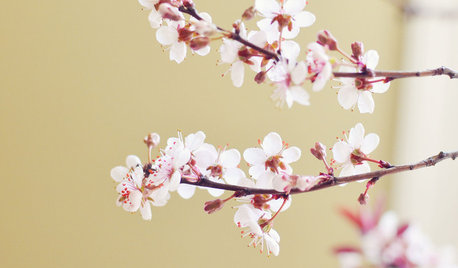
GARDENING AND LANDSCAPINGGarden Musts for May
Mid-Atlantic Gardening Guide: Plant summer bulbs, pick off those stinkbugs and enjoy the flowering trees, wildflowers and more
Full Story
GARDENING GUIDESTop 12 Summer-Blooming Perennials for Deer-Resistant Drama
Can you have garden color, fragrance and exciting foliage with hungry deer afoot? These beauties say yes
Full Story
GARDENING GUIDESWhat Are Your Spring Gardening Plans?
Tearing out the lawn? Planting edibles? Starting from scratch? Tell us what you plan to change in your garden this year
Full Story
GARDENING FOR BIRDSWhat to Know About Birds Nesting in Your Yard
Learn how to observe, record data and help ornithologists with NestWatch’s citizen science project understand bird trends
Full Story





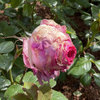
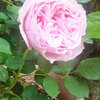
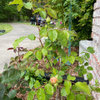
jim1961 / Central Pennsylvania / Zone 6